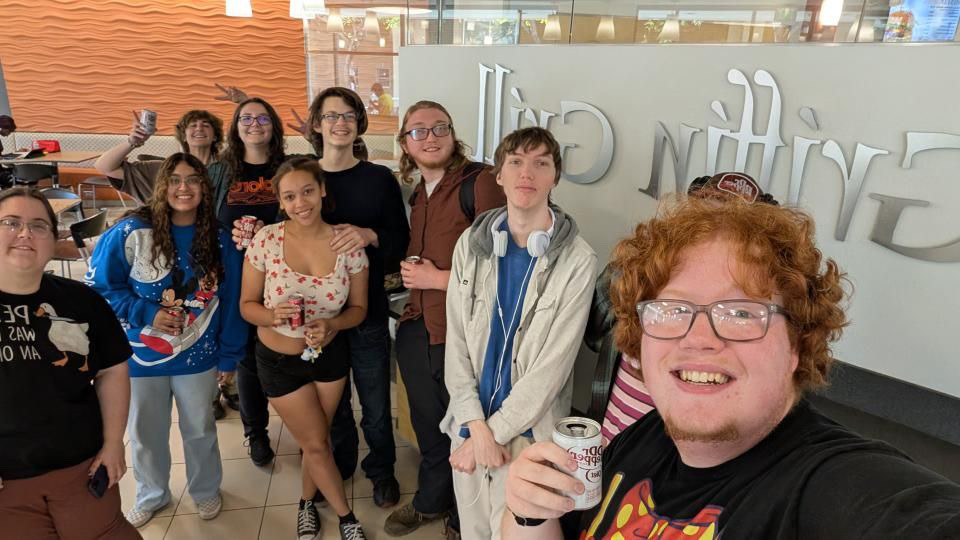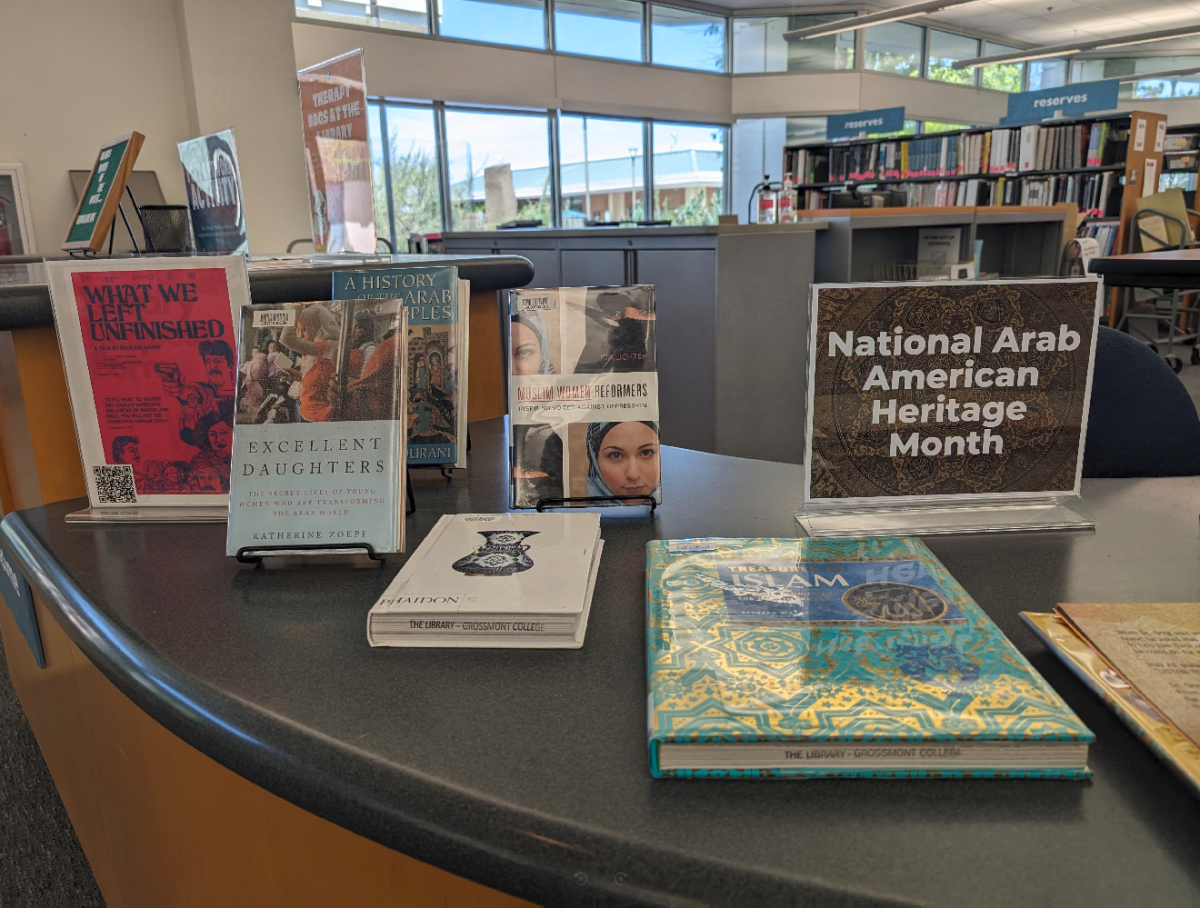SAN DIEGO (Press Release)–A national conference that brought more than 1,700 representatives of two-year colleges to San Diego shined a spotlight on the Grossmont-Cuyamaca Community College District, from the sessions by faculty and administrators discussing innovative ideas in education to the more than 100 district volunteers who helped ensure the event ran smoothly.
The conference, Innovations 2011, which ended Wednesday, was hosted by the Grossmont-Cuyamaca Community College District and the San Diego Community College District. Participants came to the Hilton San Diego Bayfront from community colleges across the United States, Mexico and Canada.
More than 400 forums, workshops, keynote presentations and roundtable discussions were offered on myriad topics at the conference sponsored by the League for Innovation in the Community College, an international consortium of community colleges and their districts, and 150 corporate partners.
Faculty and administrators from Grossmont and Cuyamaca colleges, as well as the district office, presented or took part in eight conference events, including one presentation – aptly called “Diet for a Small Budget: Thriving on PIE” — that had the two college presidents, the chancellor and a vice chancellor dressed as chefs and giving away boxes of mini-pies.
“It was truly a Herculean effort on the part of our volunteers who did everything from stuffing giveaway bags and registering people to putting together slideshow presentations and manning exhibit booths,” said Cindy L. Miles, chancellor of the Grossmont-Cuyamaca Community College District and former top executive of the League. “The volunteers did a fabulous job, as did our faculty and administrators taking part in the wealth of workshops and presentations offered. We are proud to have been able to showcase innovative academic programs and the latest high-tech teaching tools. There also was such a spirit of collaboration and a sense of ‘we’re all in together’ as we shared strategies on how best to meet student needs during this time of unprecedented demand and funding cuts.”
Music groups from Grossmont and Cuyamaca colleges provided entertainment during breaks in the session. Cuyamaca’s ASL Choir, the Grossmont Jazz Combo and the Grossmont Afro-Cuban Combo performed outside the exhibit hall.
Miles joined Constance Carroll, chancellor of the San Diego district and Francisco Rodriguez, superintendent and president of MiraCosta College, for a special session presentation titled, “Austerity and Innovation: Strange Bedfellows or Creative Confederates?”
A packed conference room listened as the three shared creative steps they are taking to serve students despite starkly reduced resources.
Miles said declining state support and stiffer competition from the university systems for remaining resources means community colleges may have to redefine their roles in the higher-education spectrum.
“We are going to be tested and we have to revisit what it is what we are about – what are our missions?” said Miles, adding that the district, like others across the country, is facing the worst financial crisis it has ever experienced.
Rodriguez and Carroll expressed similar thoughts.
“Not everything is a priority,” Rodriguez said, noting how difficult it is for educators to evaluate programs and offerings as they consider what to cut. “Things that heretofore have been unspeakable in terms of the budget ax are now on the table.”
The biggest question, Carroll said, is who should have access to community colleges.
“Senior citizens are being excluded as more of the community learning courses are being cut,” Carroll said. We need to have an open discussion on these types of decisions. There are philosophical issues here.”
Miles later joined the group of “chefs” – Sunita Cooke, president of Grossmont College; Robert Garber, interim president of Cuyamaca College; and Sue Rearic, vice chancellor of business services for the district, to share tested recipes for learning while “downsizing course menus and streamlining the organizational kitchen.”
Their chef’s attire and accoutrements drew laughter, but the talk was anything but comical as they discussed a $15 million budget shortfall, losing 645 part-time employees and 60 full-timers in the past two years, and cutting more than 1,000 course sections.
“It’s gut-wrenching what we have to do to balance budgets,” Cooke said. “If anybody thinks this is not serious – let me just say we spend every waking hour wracking our brains on how to survive these cuts.”
The various flavors of pies handed out to audience members represented the two kinds of PIE that play key roles at the district. One kind of PIE is planning, implementation and evaluation, and the other is purpose, inquiry and entrepreneurship. Both are used to find new ways to deal with a tight budget.
“We are saying we can manage these issues and problems,” Miles said. “That’s a big part of our jobs as leaders.”
Other presentations included “They Have an App for That!,” in which Cuyamaca College faculty Jennifer Smith, Therese Botz and Kelley Nielsen and student mentors showed how student-generated videos can be posted on iTunesU for instructional use, as well as how another computer application – Skype – can be used as a teaching tool.
Jerry Buckley, senior dean for research planning and institutional effectiveness, and Chris Hill, former president of the Grossmont College Academic Senate, headed a forum on integrating college planning, budgeting and assessment.
Cuyamaca College’s Dr. Julianna Barnes, vice president of student services, and Tammi Marshall, a math instructor, led a forum titled, “Learning Communities and the First-Year Experience: Promoting Success in Basic Skills.”
Another Cuyamaca group – Dr. Kathryn Nette, a biology professor; Laurie LeBlanc, a chemistry professor; and Diane Kew, instructional lab assistant, led a session, “Facilitating Student Learning in the Sciences Through Interdisciplinary Case Studies.” Cuyamaca English professors Lauren Halsted, Mary Beth Graham and Seth Slater presented a session on how Faculty Inquiry Groups can enhance professional development.
*
Preceding provided by Grossmont-Cuyamaca Community College District







